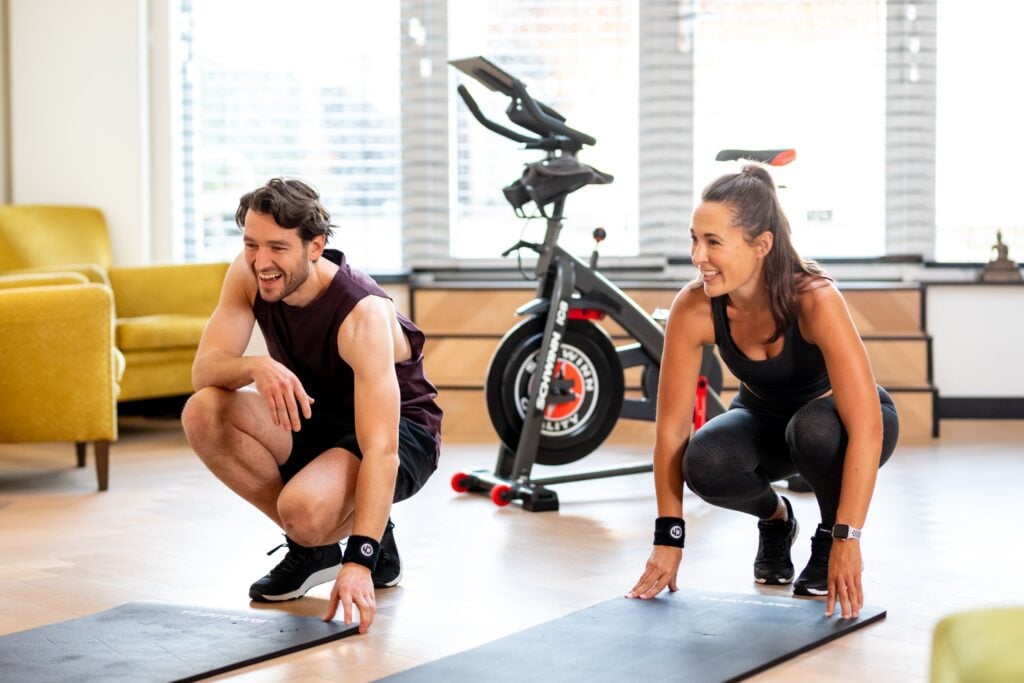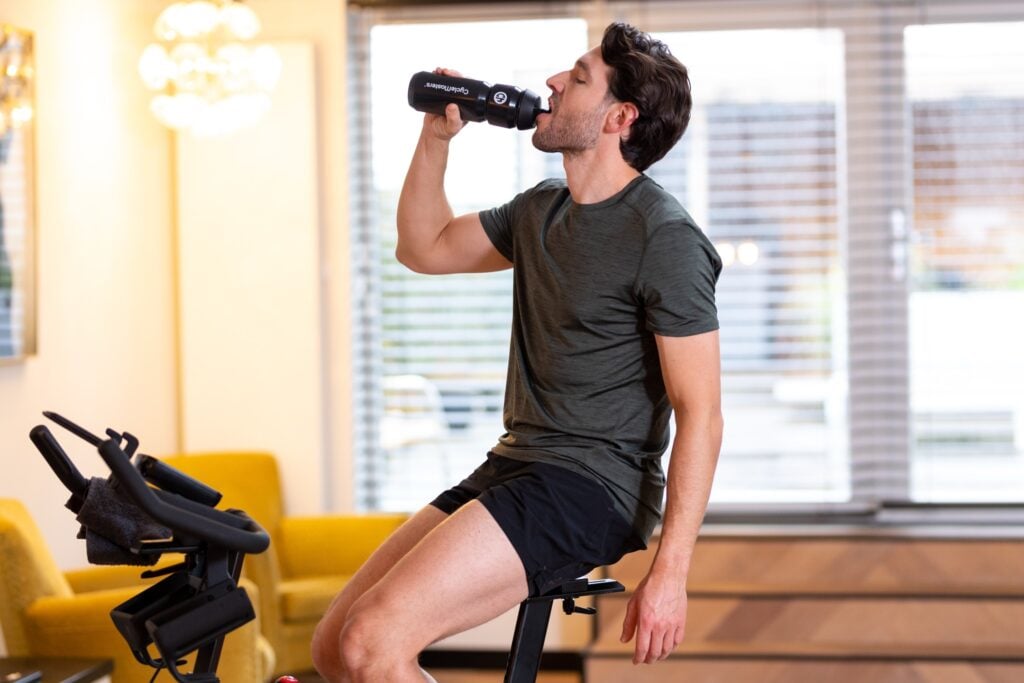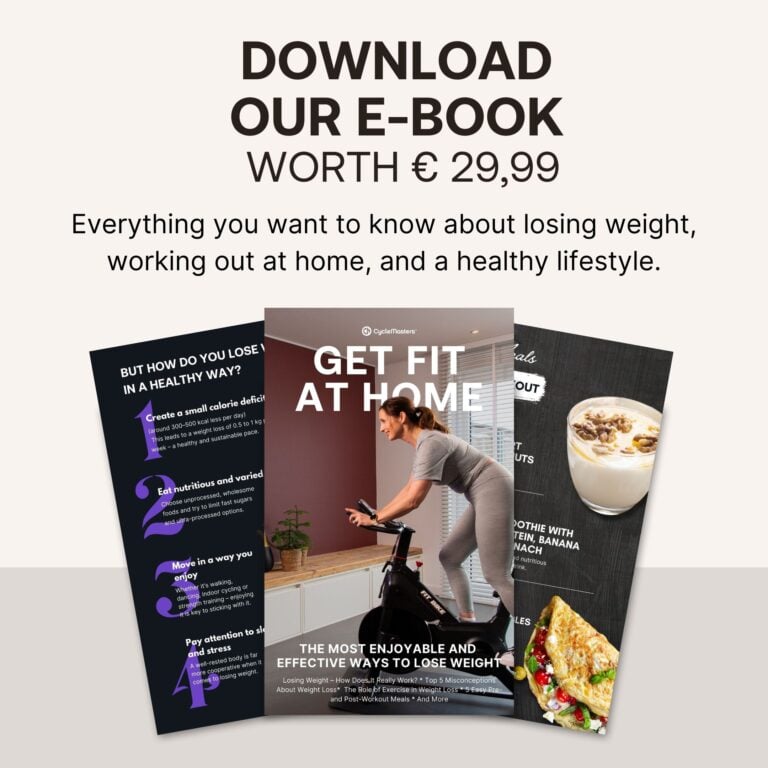Cardio and Weight Loss: What Actually Works?

Cardio and weight loss are a powerful combination for many people looking to get fitter and shed excess kilos. Cardiovascular training is often seen as an effective way to burn calories, but what really works? In this blog, we’ll take you through the best ways to use cardio to maximise calorie burn, lose fat, and reach your goals.
Table of content
Why is cardio and weight loss such a great combination?
Cardio training is an excellent way to burn calories, which is essential for weight loss. Every form of cardio increases your heart rate, causing your body to use more energy (calories). The beauty of cardio is that you can choose the activity that suits you best—whether it’s running, cycling, swimming, or even dancing.
Cardio also boosts your metabolism. After an intense session, your body often continues burning calories for hours—a phenomenon known as the ‘afterburn effect.’ This means you keep reaping the benefits even after your workout. Plus, regular cardio helps your body tap into fat reserves, especially when combined with a healthy diet.
Which type of cardio Is best for weight loss?
There are several types of cardio, each with its own benefits. Here, we’ll explore three popular options: steady-state cardio, interval training, and variable interval cardio.
Steady-state cardio
This is when you train at a constant intensity for an extended period, such as jogging or cycling at a steady pace for 30 minutes. The advantage of steady-state cardio is that it’s less strenuous on your body, making it ideal for beginners or recovery days. While it does burn calories, the afterburn effect is less significant compared to high-intensity workouts.
interval Training (HIIT)
High-Intensity Interval Training (HIIT) combines short bursts of high-intensity effort with periods of rest or lower intensity. For example, 30 seconds of sprinting followed by one minute of walking. HIIT is highly effective for weight loss because it burns a high number of calories in a short time. Plus, the afterburn effect is greater than with steady-state cardio, meaning you’ll continue burning calories long after your workout.
Variable Interval Cardio
Similar to HIIT, but instead of complete rest, you alternate between high-intensity and moderate-intensity phases. For example, two minutes of fast cycling followed by three minutes at a medium pace. This is less intense than HIIT but still burns more calories than steady-state cardio.
Which Activities Are Most Effective?
- Running: Excellent for burning calories, especially at higher intensities.
- Cycling: Great both indoors and outdoors. With an indoor cycling workout, you can easily adjust intensity and resistance.
- Swimming: A full-body workout that’s easy on the joints.
- Dancing: A fun way to burn calories without feeling like you’re exercising.
The difference between strength training and cardio for calorie burn
Cardio focuses on increasing your heart rate and burning calories during exercise. Strength training, on the other hand, is more about building muscle, which boosts your resting metabolism. This means you’ll burn more calories even when you’re not exercising. For optimal weight loss, a combination of both is best—cardio helps with immediate calorie burn, while strength training ensures long-term energy expenditure.

How much and how often should you do cardio to lose weight?
To effectively lose weight, experts recommend at least 150 minutes of moderate to intense cardio per week. This could be five 30-minute sessions. If you want faster results, aim for up to 300 minutes per week. The key is consistency—regular, shorter sessions are more effective than occasional long workouts.
Start at a manageable level and gradually increase. Listen to your body and ensure you get enough rest to prevent injuries. Varying intensity and types of cardio keeps it fun and effective, making weight loss easier to maintain.
Combining cardio with nutrition
Cardio alone isn’t enough for sustainable weight loss. A healthy, balanced diet is just as important. Ensure you consume fewer calories than you burn, but do so in a healthy way. Opt for nutrient-dense foods like vegetables, fruits, whole grains, and proteins. Avoid crash diets—they’re often unsustainable and can negatively impact your energy levels.
Practical tips
To keep cardio enjoyable and effective, choose an approach that suits you. Here are some handy tips:
Set realistic goals: Start with small steps and gradually build up your routine.
Try different activities: Mix running, cycling, and swimming to keep things interesting.
Create a schedule: Plan your cardio sessions so you make time for them.
Train with music: A good playlist can push you to go the extra mile.
Challenge yourself: Gradually increase intensity or duration to keep progressing.

Cardio as part of a healthy lifestyle
Cardio training is a powerful tool for weight loss, but it requires consistency and a balanced approach. By combining different types of cardio, focusing on nutrition, and ensuring you enjoy the process, you’ll stay motivated and make cardio a permanent part of your healthy lifestyle.
Looking to start cardio workouts at home? Try an indoor cycling workout or discover the benefits of HIIT training. It’s an easy and accessible way to begin your fitness journey!
Want to know what our other members think? Visit our Community or check out the reviews!
